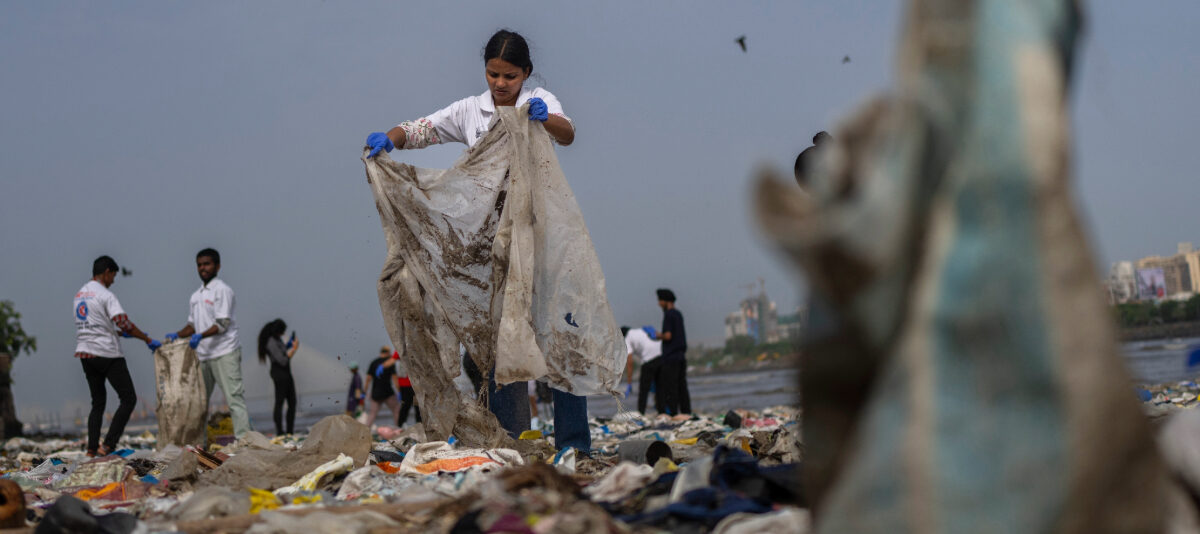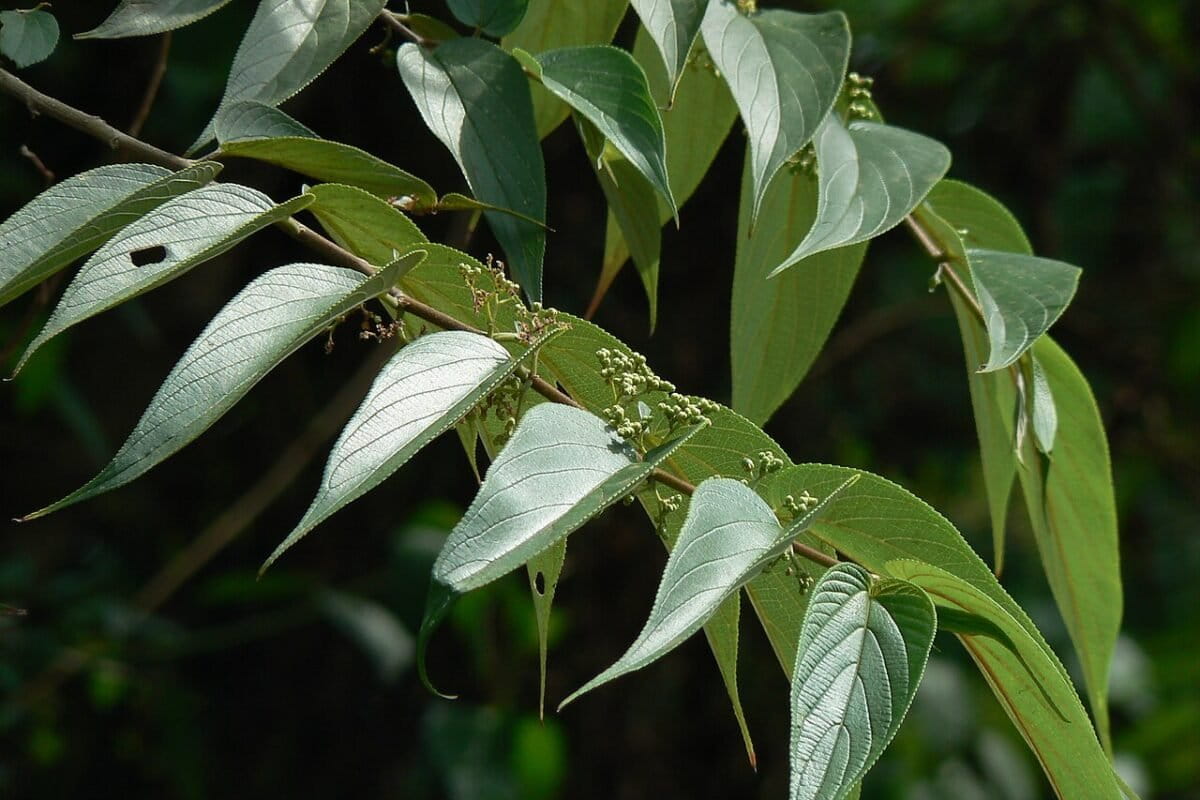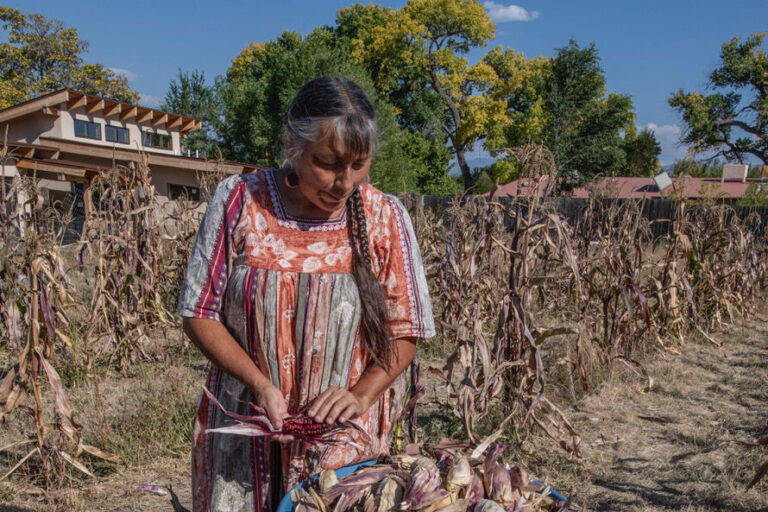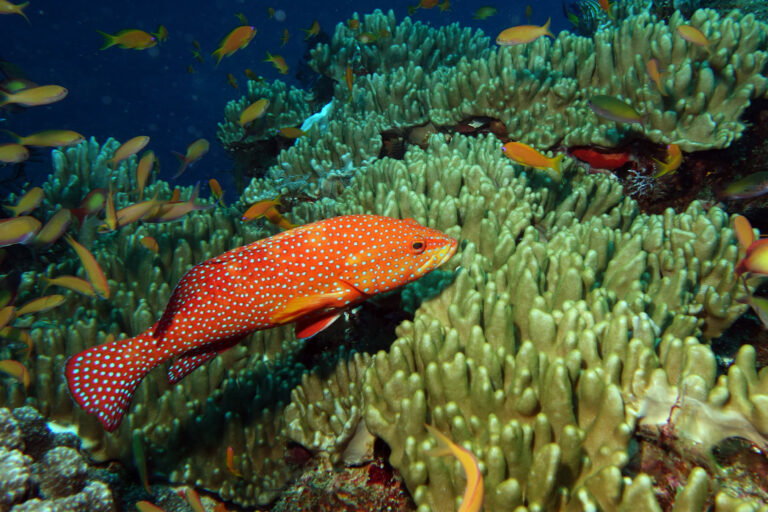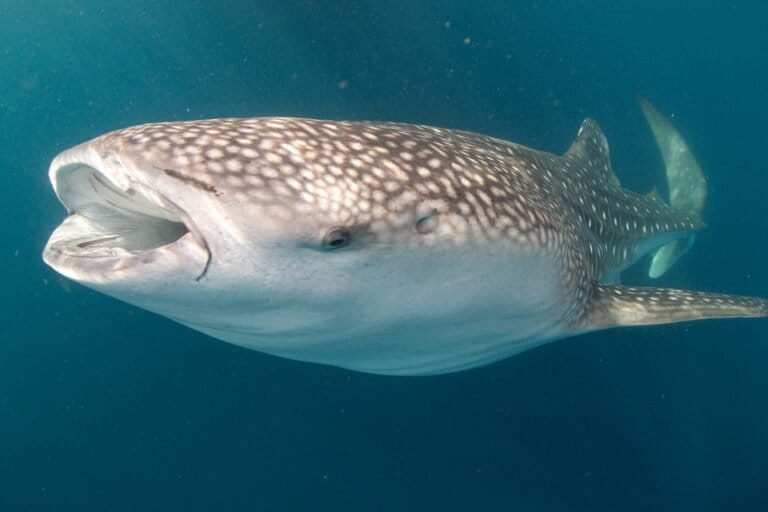- Exotic fish species such as Nile tilapia and glassfish were introduced by humans to Pokhara, Nepal’s Lake City for various reasons, and they compete with and prey on native fish species.
- A study suggests that water hyacinth, an invasive plant species, could be helping exotic fish species in Pokhara’s lakes to invade the lakes and reduce the diversity and abundance of native fish species.
- The researchers suggest that urgent conservation action is needed to control the spread of both water hyacinth and exotic fish species, and to protect the native fish species and the ecosystem of the lakes.
KATHMANDU — On Sept. 28, Nepal’s Supreme Court, in a landmark decision, ordered the government to clear all human-made structures within 65 meters (213 feet) from the banks of Fewa Lake located in Pokhara, in western Nepal.
Conservationists say the verdict, passed following years of deliberation, provides some level of protection for the iconic lake situated in the lap of “eight-thousander” (more than 8,000 m, or 26,000 ft, tall) mountains such as Annapurna and Machhapuchhre.
However, another fast-emerging threat to the lake, one of the nine Ramsar sites located in the “Lake City,” this time from within the lake, has conservationists worried. “Various types of invasive species are taking over the lake at the cost native species,” says Hari Sharma, associate professor of zoology at Tribhuvan University, whose team recently studied the effects of invasive water hyacinth on fish diversity and abundance in the Pokhara’s lakes.
“Our findings suggest that the ongoing water hyacinth invasion is helping exotic and invasive fish species in Pokhara’s lakes at the cost of native fish species,” adds Sharma.
Water hyacinths (Pontederia crassipes), known as jal kumbi in Nepali, are used as ornamental plants by many around the world for their beautiful flowers. However, the plants, believed to have originated in the Amazon, are now seen as pests in Nepal and beyond as they are invasive and grow at exponential rates, obstructing waterways, clogging hydropower canals and blocking sunlight from entering a water body beneath its surface.
As part of the study looking at the lake cluster of Pokhara, Sharma and his team categorized the study areas into two: sites with and without the presence of water hyacinth.
They selected 24 sampling plots across the study sites, accounting for variations in the presence or absence of water hyacinth. They then conducted seasonal surveys of fish populations, recording species richness and abundance in autumn 2019 (September to November), winter 2020 (December to February), spring 2020 (March to May) and summer 2020 (June to August).
The Pokhara Valley is home to nine lakes; three are considered big (Fewa, Begnas and Rupa) and six considered small (Kamal Pokhari, Gunde, Khaste, Niureni, Dipang and Maidi). The lake clusters not only attract tourists from around the world but also host more than 360 plant species, 32 mammals, 140 birds, 24 reptiles, 11 amphibian species, four globally threatened waterbird species and 27 fish species (some of which are exotic and invasive).
“In the past, we used to see people of certain faiths release fish fries into the lake, believing that doing so would help the souls of their forefathers get salvation,” Pokhara-based conservationist Hemanta Dhakal tells Mongabay. “They brought in exotic fish species, some of which turned out to be invasive, as they are easy to handle, don’t die easily and reproduce prolifically,” he adds.

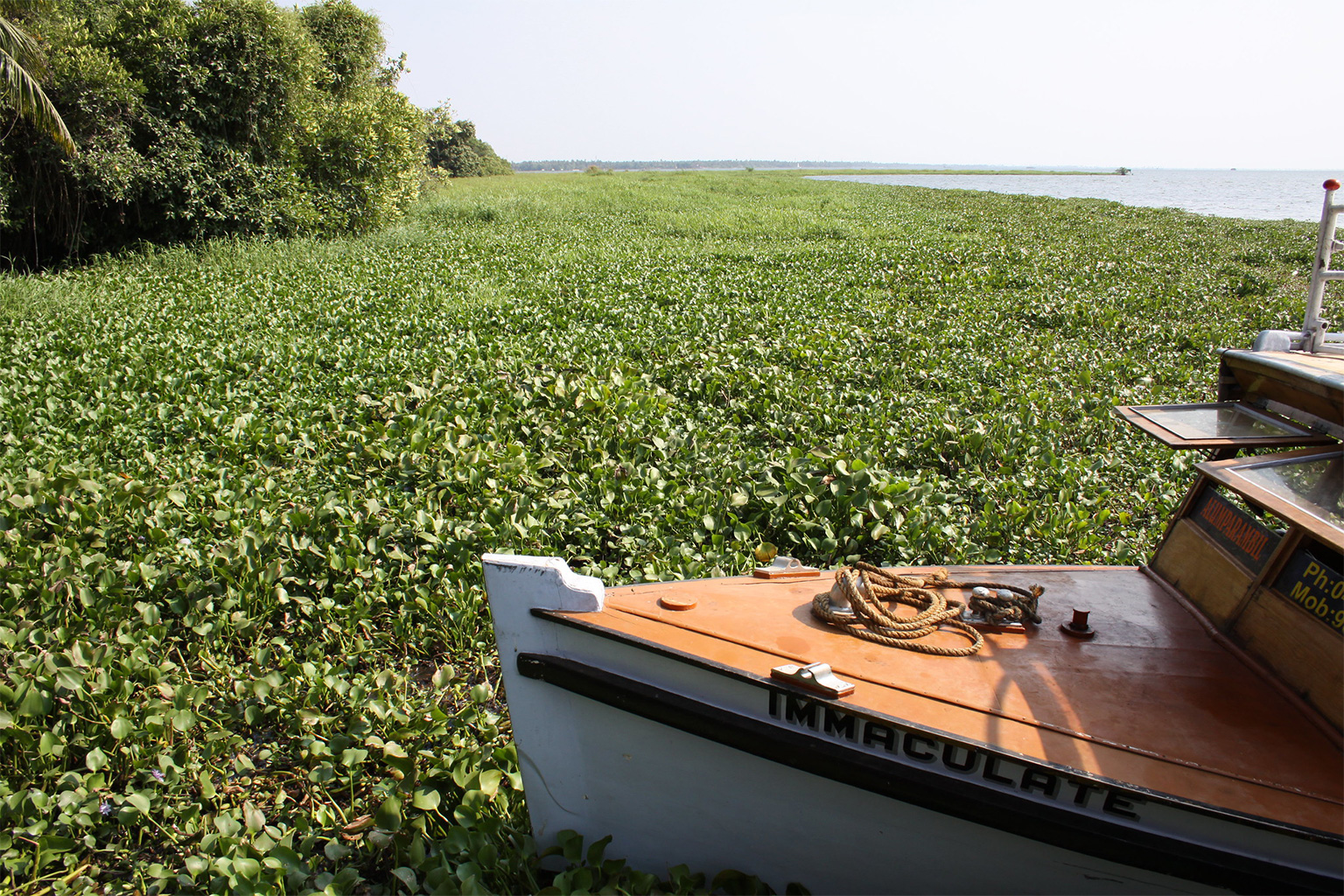
Sharma’s team, looking at the fish and the lakes, also measured various physicochemical parameters of water, such as depth, transparency, temperature, pH, total dissolved solids, turbidity, dissolved oxygen, free carbon dioxide, total alkalinity and nitrate levels. Subsequently, the researchers employed several statistical techniques to look at diversity, evenness and richness to quantify the diversity of fish species in the two habitats.
Additional analysis was done to assess seasonal variations in fish abundance and differences between lakes with and without water hyacinth. They then used correlation analysis to identify potential relationships between water hyacinth coverage and fish abundance and species richness.
Furthermore, the team examined the associations between fish species and various environmental variables, including water hyacinth coverage and physicochemical parameters. Lastly, they prepared a generalized linear model to identify the factors influencing the abundance of native fish species in the lake cluster, incorporating parameters such as water hyacinth presence, transparency, temperature, water hyacinth coverage and depth.
The once-pristine lakes face a host of pressures due to land use changes and water pollution and contamination. During the monsoon season, agriculture fields and sewage tanks are overrun by water and their discharge overflows into the lake, says Dhakal. The fertilizers and chemicals provide nutrition for water hyacinths to grow and reproduce, says Sharma.
The study suggests that lakes that contain water hyacinth are home to more fish in general. However, in lakes with high coverage of the invasive plant species, the abundance of native fish species is low.
“We have read stories of how bandits fighting one another forgo their animosity when fighting against a common enemy,” Sharma tells Mongabay. In ecology, it’s called “invasional meltdown” when one invasive species helps another invasive species to invade a new environment and cause more damage to the native species and ecosystems, says Sharma.
Sharma and his team found 20 fish species, 17 native and three invasive in the lakes during the course of their study. Although the abundance of fish varied across seasons, the most abundant species were Nile tilapia (Oreochromis niloticus), glassfish (Chanda nama), chola barb (Puntius chola) and pool barb (Puntius sophore). The first two are considered alien invasive species.
“Tilapia is the most dangerous among the exotic invasive species fish,” says Jiwan Shrestha, a professor at the National Academy of Science and Technology. “It is one of those hardy fish species that can survive even in harsh conditions and prey on the fries of other species,” she adds. It is very much possible that water hyacinths provide some form of protection for these alien fish species, she says.
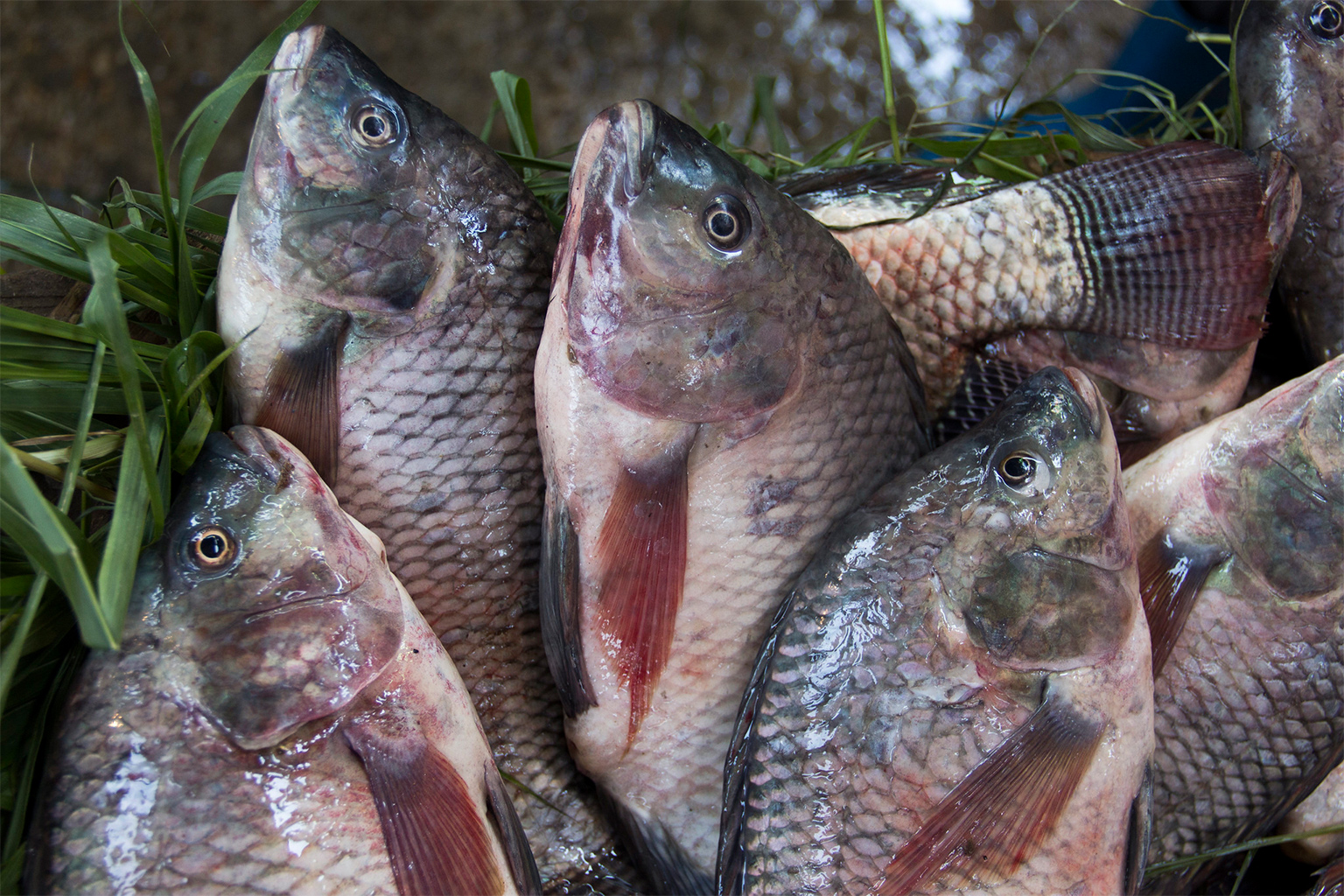

According to a study, native fish species found in the Pokhara Valley belong to the families Cyprinidae. Mastacembelidae, Belonidae, Bagridae, Clariidae and Channidae. Some of the common native fish species are mahseer (Tor putitora), tor mahseer (Tor tor) and rohu (Labeo rohita).
“It is possible that water hyacinths shelter exotic invasive fish species, such as glassfish that require less oxygen compared to native species, from predators and help them reproduce,” says Sharma. “And the predator goes after native species only, thereby controlling their population growth.”
Also, exotic species such as tilapia grow pointed scales that act as defense mechanisms against predators, he adds. Similarly, when the hyacinth spreads, it reduces the penetration of sunlight, affecting the native species, which, unlike exotic ones, can’t survive in such conditions.
Nepali fishery officials time and again release fry into the lakes to maintain the stock of native fish species, but the water they release is also at times contaminated with eggs of exotic species, Dhakal says.
Local lake conservation committees use various methods to remove the water hyacinths such as mechanized uprooting devices. “However, as the plant grows back quickly, the people involved in the work find it futile,” says Sharma.
He adds that native fish species will find it hard to survive in the Pokhara lakes if conservation action is not implemented quickly. “We are still in the early stages of invasion; we need to control the spread of both water hyacinths and invasive fish species,” he says.
Banner image: A bronze-winged jacana amidst overgrown water hyacinth. Image by Hari K Patibanda via Flickr (CC BY 2.0).
Bangladesh survey records invasive alien plants threatening protected forests
Citation
Basaula, R., Sharma, H. P., Paudel, B. R., Kunwar, P. S., & Sapkota, K. (2023). Effects of invasive water hyacinth on fish diversity and abundance in the lake cluster of Pokhara Valley, Nepal. Global Ecology and Conservation, 46. doi:10.1016/j.gecco.2023.e02565



